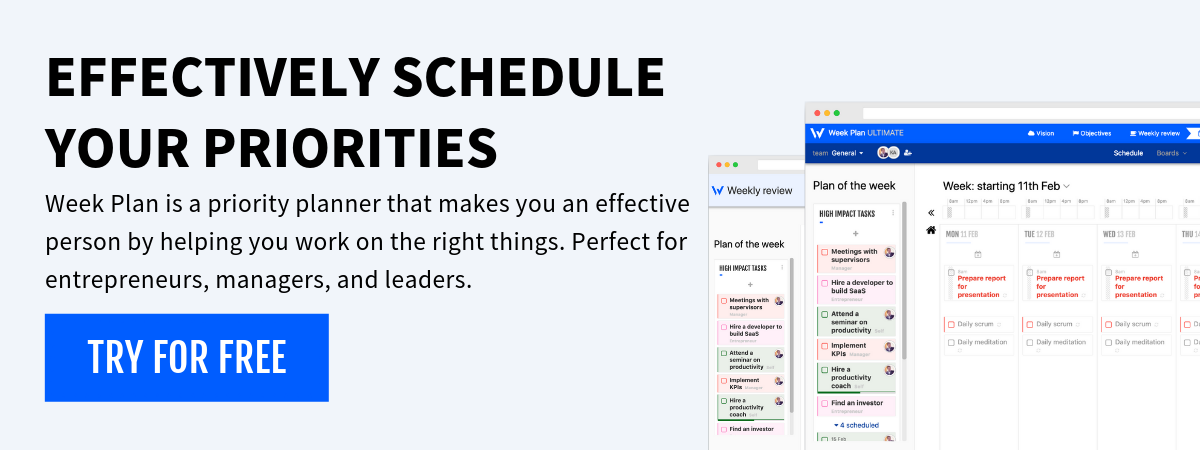The Most Important Task (MIT) method is a time management technique that revolves around identifying and prioritizing the most critical tasks to be completed each day. By focusing on these priority tasks first, individuals can effectively manage their time and ensure progress towards their goals. Let’s delve into how the MIT method aids in time management for improved productivity and goal achievement.
Identifying the Most Important Task
In the context of time management, the MIT method begins with identifying the task or tasks that will have the most significant impact on achieving objectives within the available time frame. These tasks are typically those that contribute directly to overarching goals or projects and require immediate attention.
Prioritizing Tasks Strategically
Once the most important task is identified, it takes precedence in the daily schedule. This means allocating dedicated time slots to work on the MIT without distractions or interruptions. By prioritizing the most critical task, individuals can ensure that their time is effectively utilized to make substantial progress towards their objectives.
Breaking Down Complex Tasks
Complex or time-consuming tasks identified as MITs may benefit from being broken down into smaller, more manageable subtasks. This approach enables individuals to allocate time to work on specific aspects of the task systematically, making progress without feeling overwhelmed. Breaking down tasks also allows for better time estimation and allocation.
Remaining Flexible and Adaptable
While prioritizing the most important task is essential, it’s also crucial to maintain flexibility in managing time. Unexpected events, urgent tasks, or changes in priorities may arise throughout the day, necessitating adjustments to the schedule. Being adaptable allows individuals to assess new tasks’ urgency and importance relative to the MIT and adjust their priorities accordingly.
Strategies for Implementing the MIT Method
Several strategies can facilitate the effective implementation of the MIT method within the context of time management:
**1.Time Blocking: **
Allocate specific time blocks in the schedule dedicated to working on the most important task. This structured approach ensures that sufficient time and focus are dedicated to completing the MIT without distractions or competing priorities.
**2. Utilization of Tools and Systems: **
Employ productivity tools or systems to track and prioritize tasks effectively. Whether using task management apps or traditional planners, having a system in place helps individuals stay organized and focused on completing their MITs within the allocated time frames.
3. Regular Review and Adjustment:
Regularly review goals, priorities, and progress to ensure alignment with overarching objectives. Adjust priorities as needed based on changing circumstances, new information, or shifting priorities to maintain optimal time management practices.
Examples of the MIT Method in Time Management
Work Projects:
A project manager applies the MIT method to manage time effectively for a critical project. They identify the most crucial task for the day, such as finalizing project deliverables, and allocate dedicated time to complete it, ensuring that project timelines are met efficiently.
Personal Goals:
An individual utilizes the MIT method to manage their time effectively for personal goals, such as pursuing higher education. They prioritize the most important task for the day, such as studying for exams or completing assignments, to ensure progress towards their academic objectives.
Conclusion
The Most Important Task (MIT) method serves as a valuable strategy for effective time management, allowing individuals to prioritize crucial tasks and allocate their time and resources efficiently. By focusing on the most critical task each day and strategically managing their time, individuals can make significant progress towards their goals while maintaining productivity and achieving a better work-life balance. Implementing the MIT method empowers individuals to maximize their time management skills and accomplish their objectives with greater efficiency and effectiveness.

More Posts
10 Simple Ways To Become More Productive at Work
With the hectic pace of modern life, finding time to get your work done can be challenging. But with a little effort and implementation of simple ways to become productive, you can increase...
Have You Been Seeking Information Regarding Personal Time Management
A Calendar is an incredible device for dealing with your time. A few people like to utilize actual calendars they may compose on. Others like utilizing a schedule that is electronic on the...
8 Tips for Effective Communication Across Cultures
Today, global leadership needs clear and impactful communication in diverse workplaces. The American Management Association (AMA) teaches the value of cultural competence. With over 100 years of helping people perform better, AMA’s methods work well. As the world gets...
11 Reasons Poor Decision Making Leads to Procrastination
A whopping 20% of U.S. adults are chronic procrastinators. They keep putting off tasks and decisions in many areas of life. Procrastination hurts productivity and happiness. It also harms mental and physical health....